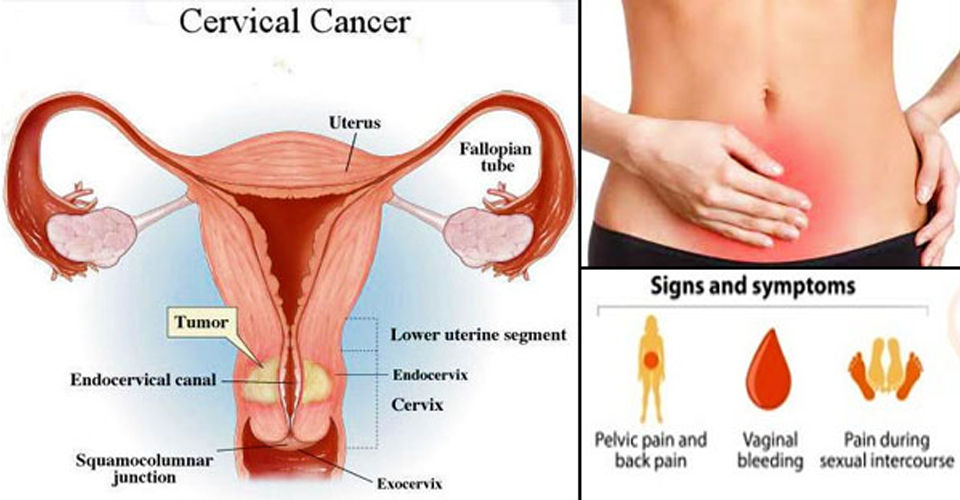Cancer Prevention Cervical
- Home
- Cancer Prevention Cervical
- What is cervical cancer?

Cancer of cervix is the most common cancer in women in India, usually presenting with irregular vaginal bleeding and discharge. Although this cancer is avoidable (HPV vaccine) and preventable (Pap smear) in ~ 93% of cases, unfortunately India hosts ~25% of world’s burden of cervical cancers.
Treatment can include radical hysterectomy which can be performed through open, laparoscopic or robotic routes. Chemotherapy and radiotherapy might also be required.
- What is colposcopy?
A colposcopy is a method of examining the cervix, vagina and vulva with a colposcope. A colposcopy is a simple procedure used to look at the cervix, the lower par of the uterus and at the top of the vagina.
An abnormality on the Pap test means there are abnormal cells on the cervix, which in future can turn into cancer. Not all abnormal cells are harmful and most abnormal cells go away on their own, but sometimes they could eventually turn into cervical cancer if not treated.
A colposcopy can confirm whether cells in your cervix are abnormal and determine whether you need treatment to remove them.
What happens during a colposcopy
A colposcopy procedure takes about 15-20 minutes and you can go home the same day.
- During the colposcopy procedure:
- you undress from the waist down (a loose skirt may not need to be removed) and lie down in a special type of chair with padded supports for your legs
- a device called a speculum is inserted into your vagina and gently opened
- a microscope with a light is used to look at your cervix – this doesn’t touch or enter your body
- special liquids are applied to your cervix to highlight any abnormal areas
- a small sample of tissue (a biopsy) may be removed for closer examination in a laboratory – this may be a bit uncomfortable

